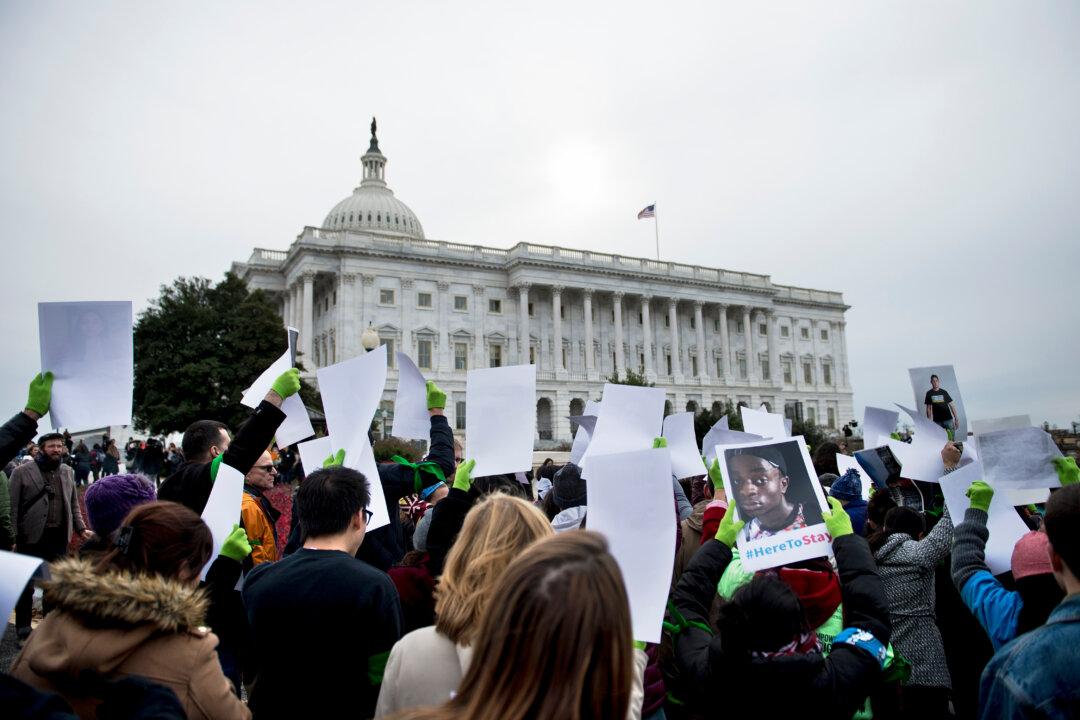WASHINGTON—The new year is expected to bring a frenzy of lobbying for the passage of the DREAM Act, or S.1615—effectively an amnesty for eligible illegal immigrants written into the Immigration and Nationality Act.
The bill was introduced to the Senate by Sen. Lindsey Graham (R-S.C.) in July and has bipartisan support. The DREAM stands for Development, Relief, and Education for Alien Minors.





